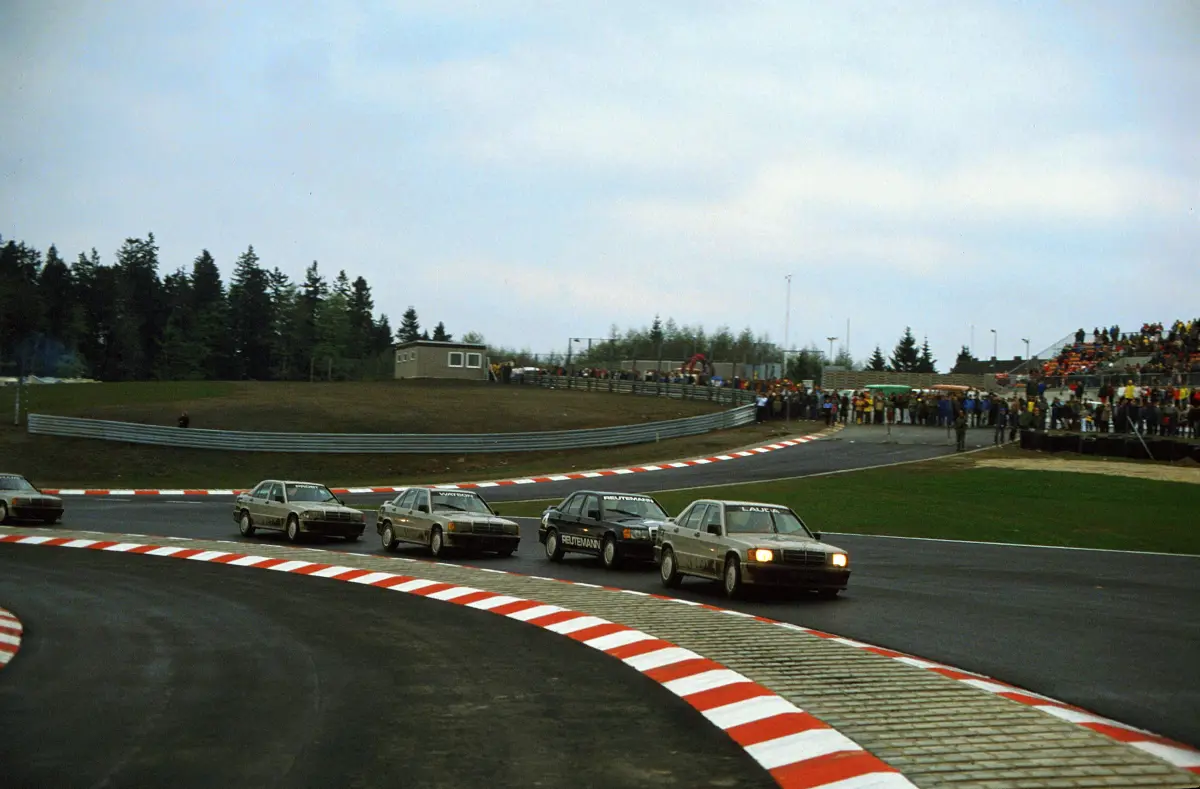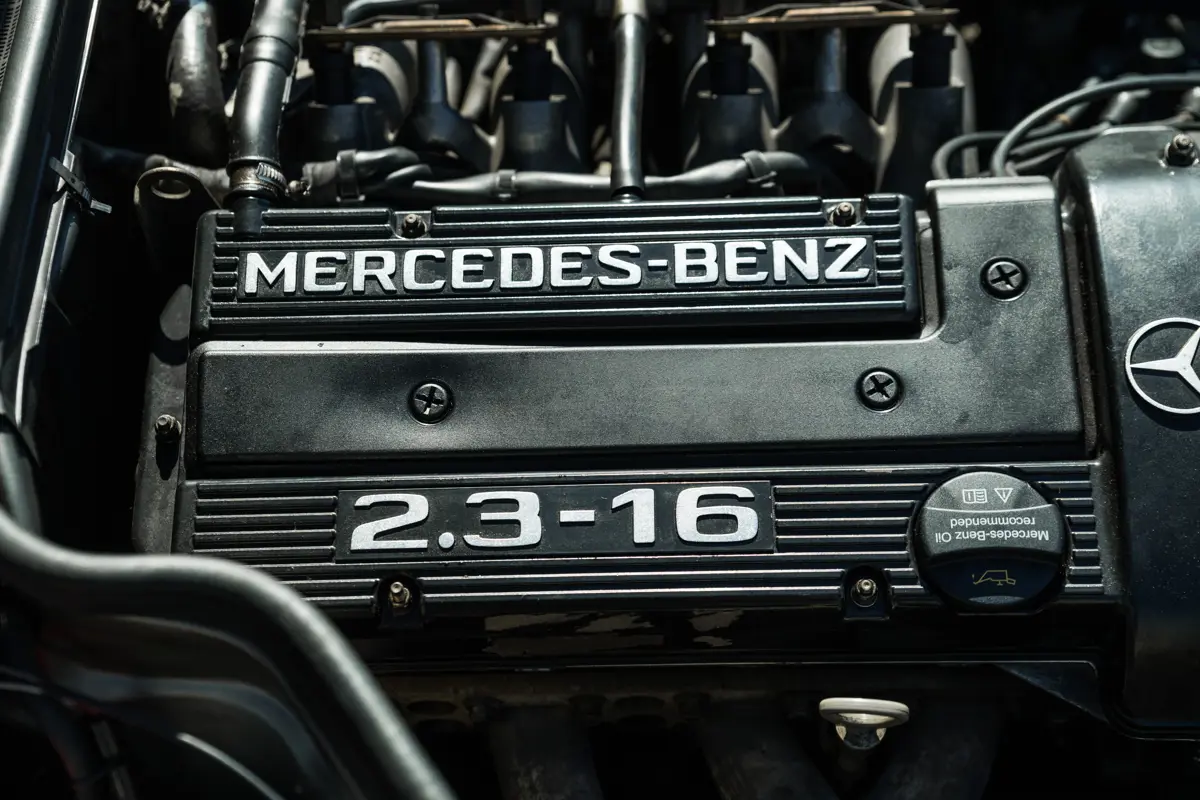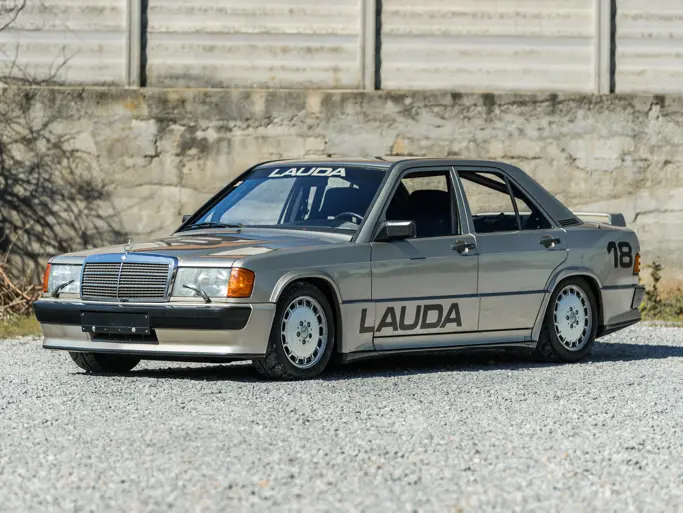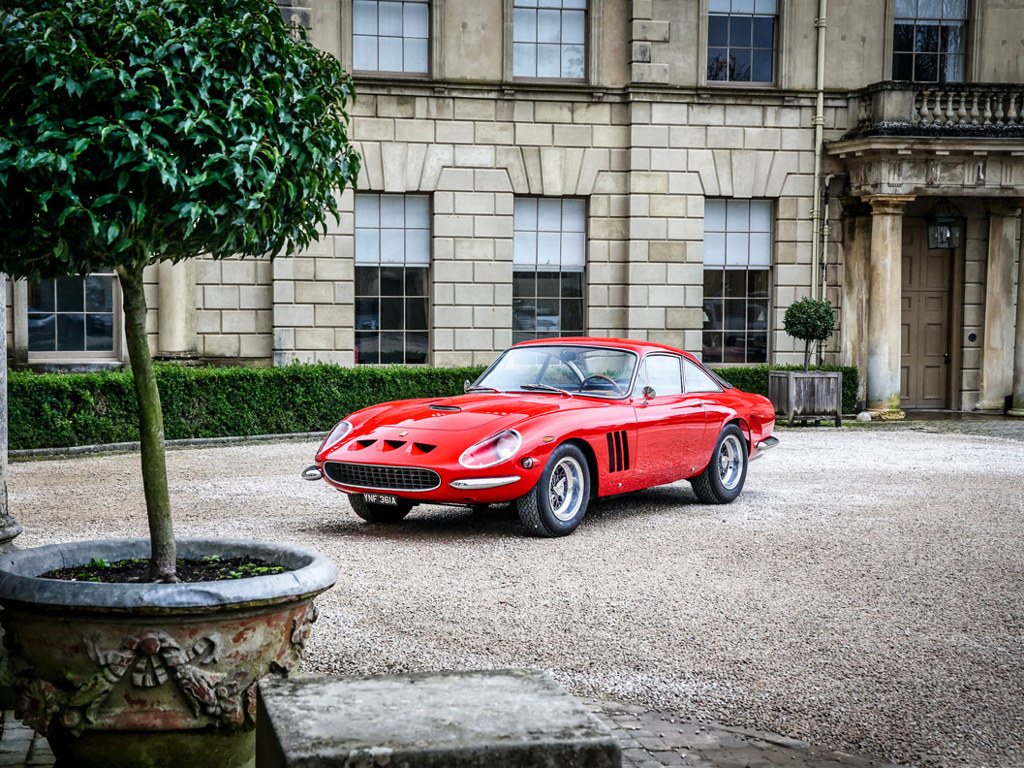Brabham and Jones. Senna and Prost. Hunt, Hill, and Hulme. Juan Manuel Fangio racing in exhibition and Sir Stirling Moss competing in the main event: 1984’s Nürburgring Race of Champions lived up to its promise. But there was one notable name returning to the famed German circuit whose presence was positively surprising—Niki Lauda.
Eight years earlier, Lauda held the most points in the Formula 1 Drivers’ Championship in advance of the German Grand Prix, with rising British star James Hunt close behind. The full 14.2-mile Nordschleife track was the longest in the sport by far; fourteen laps of the circuit made for a near-endurance race-style event. Qualifying ended with Hunt leading Lauda by .9 seconds, turning in a lap time of 7:06:5—a feat that would still rank within the top 25 production car lap times today.
Of course, the Formula 1 cars of fifty years ago had far fewer allowances for safety than today’s production cars. The Ferrari 312T2 piloted by Lauda had no protective halo, and a “traditional” semi-monocoque. Beginning with wet weather tires, after a damp first lap of the rigorous Nürburgring, the rain ended, and Lauda pulled into the pits to switch to dry tires. Attempting to make up for lost time, Lauda drove hard, but before the Bergwerk turn, his Ferrari ran off the road, leading to an explosive three-car crash. Lauda was badly burned and barely survived.
If not for his fellow drivers, Guy Edwards, Arturo Merzario, Brett Lunger, and Harald Ertl, who selflessly left their cars and pulled Lauda from his flaming Ferrari, he likely would have died. Though a helicopter was on-hand for accidents, the Nürburgring occupied such a large area that reaching Lauda’s crash took over five minutes—a dangerous amount of time. Several drivers criticized the Nürburgring’s response to the crisis, saying that the track was simply too massive to patrol properly. Even worse, Lauda expressed trepidation even before the race, saying, “My personal opinion is that the Nürburgring is just too dangerous to drive on nowadays.”
That Lauda was willing to return to the Nürburgring for competition of any kind was an exercise in extreme courage. Chronicled in the Ron Howard film Rush, Lauda’s comeback was nothing short of extraordinary. Though Hunt won the Drivers’ Championship (by a single point), Lauda’s longevity allowed him a further comeback in the following decade. And a moral victory: 1976 was the last time the full Nordschleife was used for Formula 1 racing. Lauda’s campaign for safety had a lasting impact on the sport as a whole.
By 1984, the organizers of the German Grand Prix had debuted an all-new racetrack, the 2.8-mile GP-Strecke, made to satisfy modern safety requirements. Along with the new F1 track, Mercedes-Benz aimed to debut a sports sedan that lived up to the brand’s storied motorsports history. A 2.3-litre, 16-valve variant of the 190 E sedan was selected from the production line, then given a revised exhaust system and suspension setup, four-piston front brakes, a 4.08-ratio final drive, bolt-in roll cage with fire extinguisher, twin Recaro racing seats with six-point harnesses, and wider wheels wrapped with Pirelli racing tires. Only 21 examples were made.
A full version of the race is viewable online, complete with German-language commentary. According to the broadcast, Lauda had prior TV commitments and missed out on the practice. He started from fourteenth place, a considerable disadvantage. Yet, the Austrian racing driver had the heart of a fighter, working his way up to second place by the finish. The feat was even more impressive given that this was Lauda’s first time returning to the Nürburgring since his near-catastrophic crash.
In the lead at the finish line was newcomer Ayrton Senna, who had been given a chance to race against the champions by Gerd Kremer, head of Product Placement at Mercedes-Benz. As an advertisement for the newest performance sedan from the three-pointed star brand, the exhibition race was superb marketing. Motorsport fans got to see the world’s greatest drivers maximize the 190 E’s performance on track. As the winner, Senna got a brand-new model in Blauschwarzmetallic, as well as well-earned respect from his contemporaries.
After the race, Mercedes-Benz reclaimed 19 of the 21 cars, re-installing their original engines and selling them as road cars. Only two cars retained their as-raced modifications. Now on display at the Mercedes-Benz museum, the Senna car is unlikely to be sold anytime soon. But retained by a private collector from new, the 1984 Mercedes-Benz 190 E 2.3-16 'Nürburgring' is undeniably a piece of motorsport history. Representing incredible bravery by Niki Lauda, this as-raced model has been verified by Mercedes-Benz Classic and was even signed by the Austrian ace in 2015—a significant car, driven to greatness by a true icon.









